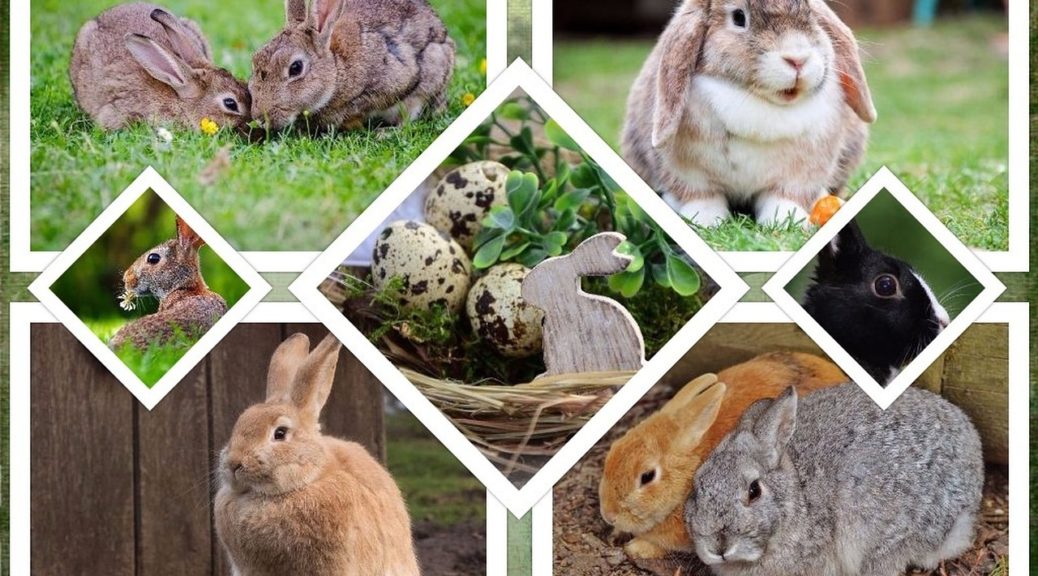Celebrating the Autumnal Equinox, Mabon, or Winter Finding
Our next big seasonal date to look forward to is the Autumnal or Autumn Equinox in the northern
hemisphere. Often called Mabon or Winter Finding by pagans, there are a lot of good reasons to celebrate the season.
Mabon or Autumn(al) Equinox takes its name from a Welsh god, rather than a Norse one, but seeing as many of the Northern gods are interconnected, I’m hesitant to dismiss the name or the celebration outright. A later name for Mabon is Winter Finding to make it more Asatru-like. That being said, our celebration may have “Wiccatru” roots, which if you’re a recon, you may simply disdain the idea of celebrating it and move onto something more “authentic.” That’s cool, but holidays do shift around, and I suspect late harvest was also celebrated by our ancestors.
Plus, it’s as good of time as any to celebrate the end of the growing season and the arrival of fall.
What the Autumnal Equinox is
The autumn equinox marks the official beginning of autumn. Never mind that you’ve felt a shift in weather patterns sometime in August or early September, we generally consider the equinox to be the beginning of fall. The equinox, for those curious, isn’t when the day is equally night and day, although it’s damn close and I’d say for all intents and purposes, we can call it that. What the equinox actually marks is when the sun crosses the celestial equator for the first time since spring equinox. The celestial equator is an imaginary line above the planet above the actual equator. The sun doesn’t really move relative to the solar system–our planet moves. Our planet is tilted so that when it reaches a certain point in its revolution around the sun, the sun dips to the south on the autumn equinox and moves to the north on the vernal or spring equinox. It’s at this point we start really racing toward less light, although the summer solstice marks the high point of the daylight hours and we begin decreasing light after that.
The earth is actually spinning like a top, only relatively slower because of the magnitude. The pole actually wobbles and will be in a different place about 10000 years from now.
So, Did Our Ancestors Celebrate Winter Finding?
If you want to be really picky, chances are Winter Finding wasn’t celebrated. Instead, our ancestors may have celebrated Alfarblót which occurred around October 22nd. Alfarblót was a more private affair for families, even though it was a harvest festival that honored Freyr and Freyja. Sort of a Thanksgiving for Heathens.
So, if they didn’t celebrate Winter Finding, should we ignore it? Probably not. It is, after all, the equinox, which means it’s a good of time as any to have a celebration. It’s a goodbye to summer and hello to the autumn. It’s also a good time to bid farewell to the harvest. I read that it’s a good time to get mead started (yeah, I can see that) in time for Yule. So, maybe the equinox is a time for a community harvest celebration and Alfarblót for a more private celebration?
Then, What Should We Do with Thanksgiving?
 |
| Thanks to Magickal Graphics |
The November Thanksgiving is an American holiday that has its roots in harvest festivals but has been co-opted by Christians to give thanks to their god. I suppose as a Heathen one could get stubborn and decide to not celebrate it since the fields are most likely fallow and the foods have been already put up. But at the same time, hunting season is mostly over, which gives us another bounty–game meat. I actually delay having Thanksgiving because hunting ends that Sunday after. Who says we can’t use it to thank Skadi and Ullr for a successful hunt?
It even makes a lot of sense, given that fall turkey puts some birds in the freezer. So, maybe celebrate it as the end of hunting season and the start of preparing for Yule might be appropriate.
I hope I’ve given some good reasons to celebrate the autumn equinox. Do you celebrate Mabon, Winter Finding, or the autumnal equinox as a Heathen? I’d love to hear what you do.







.jpg)

